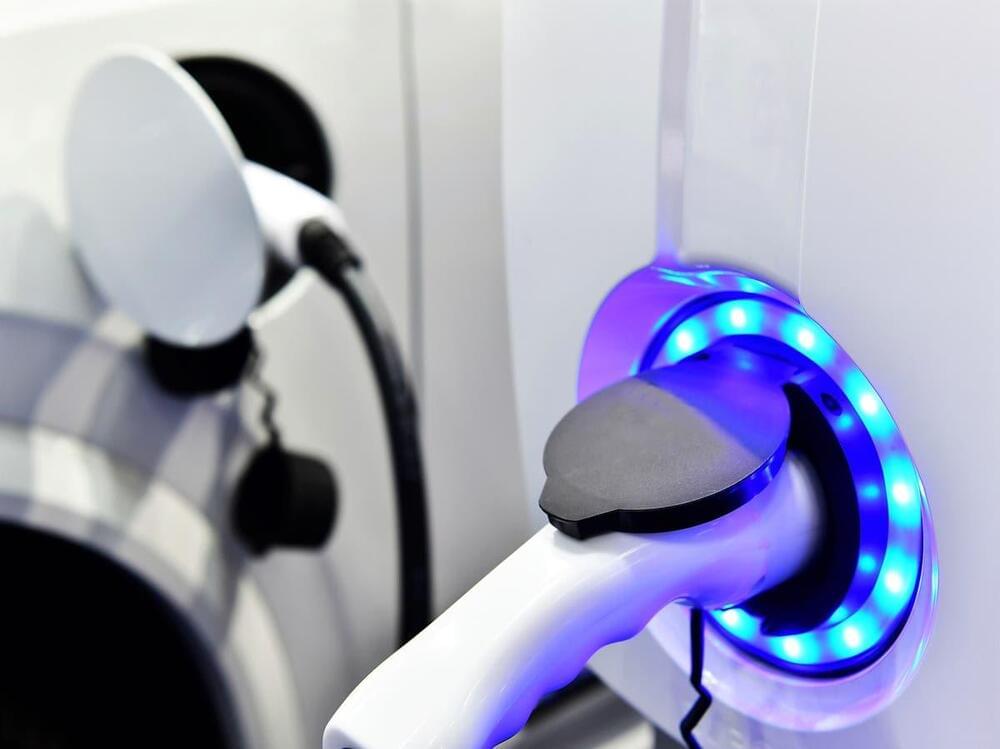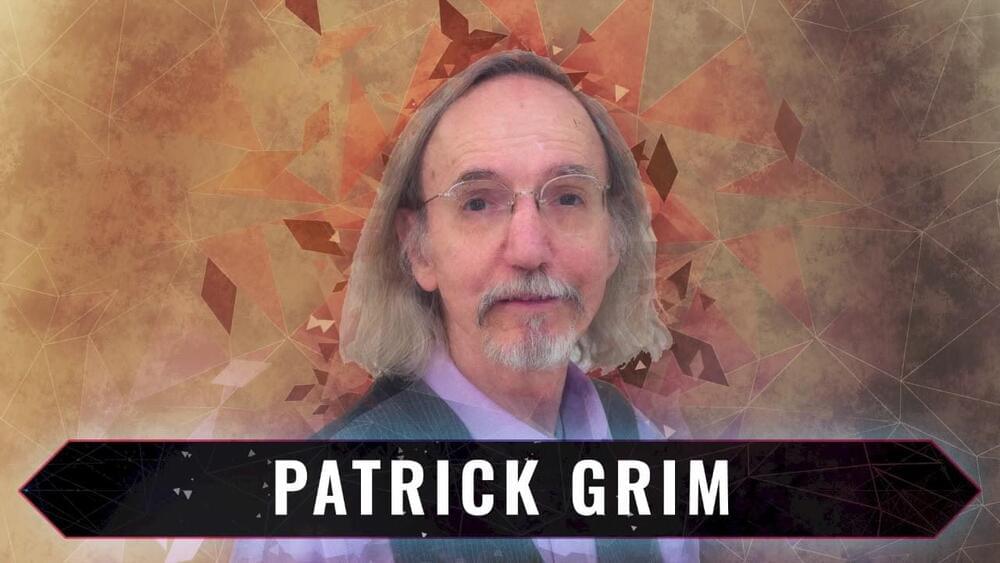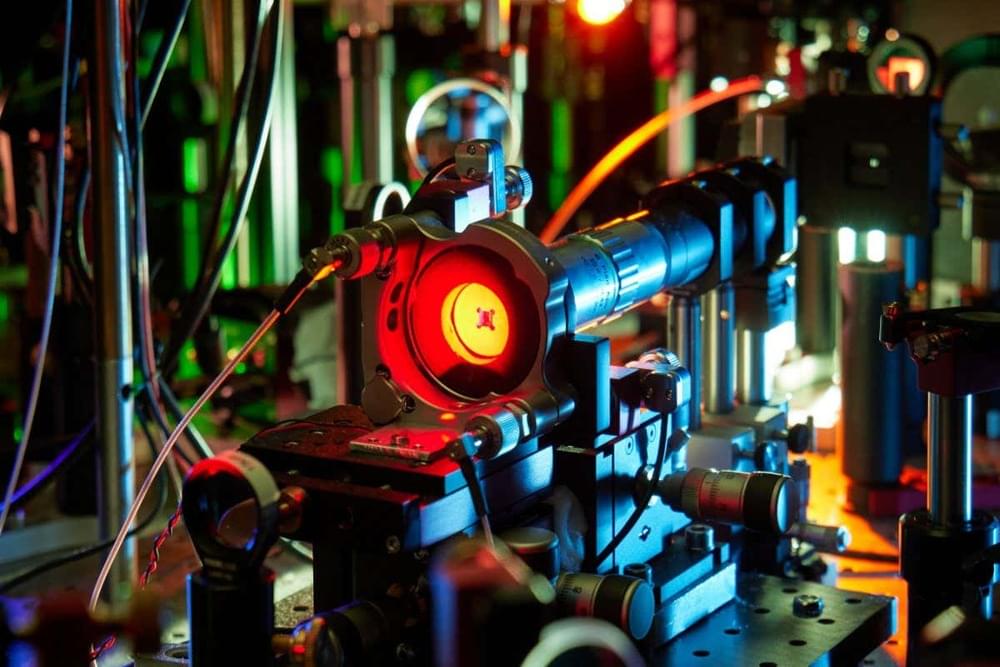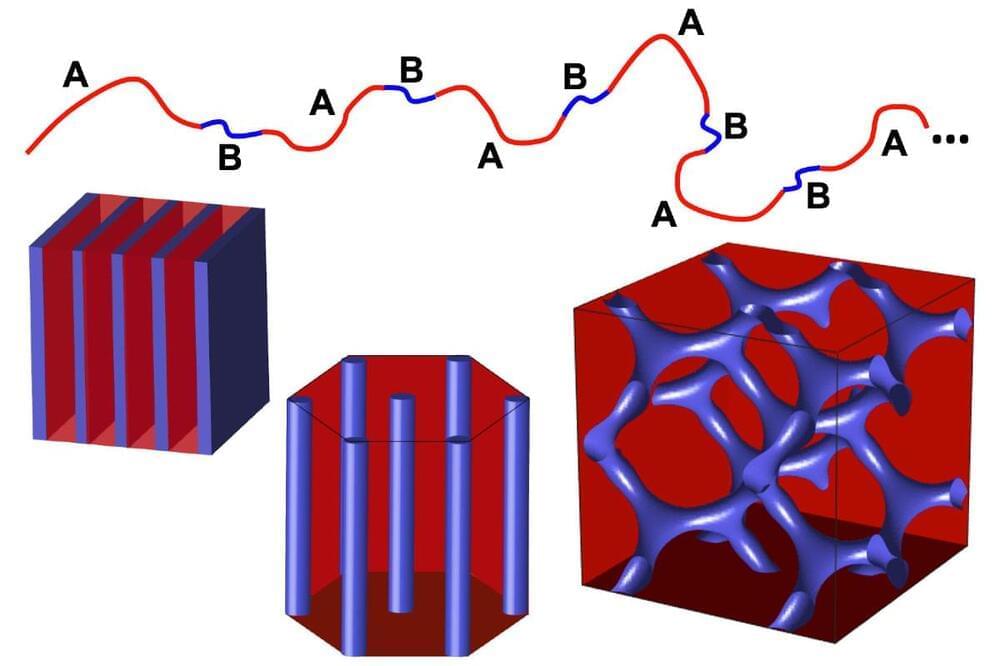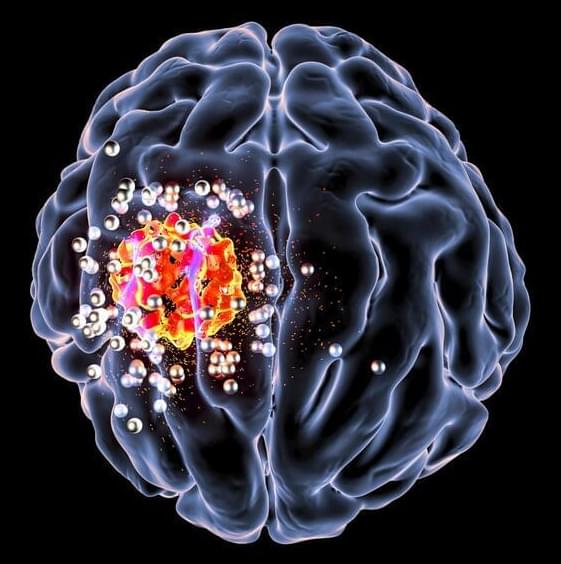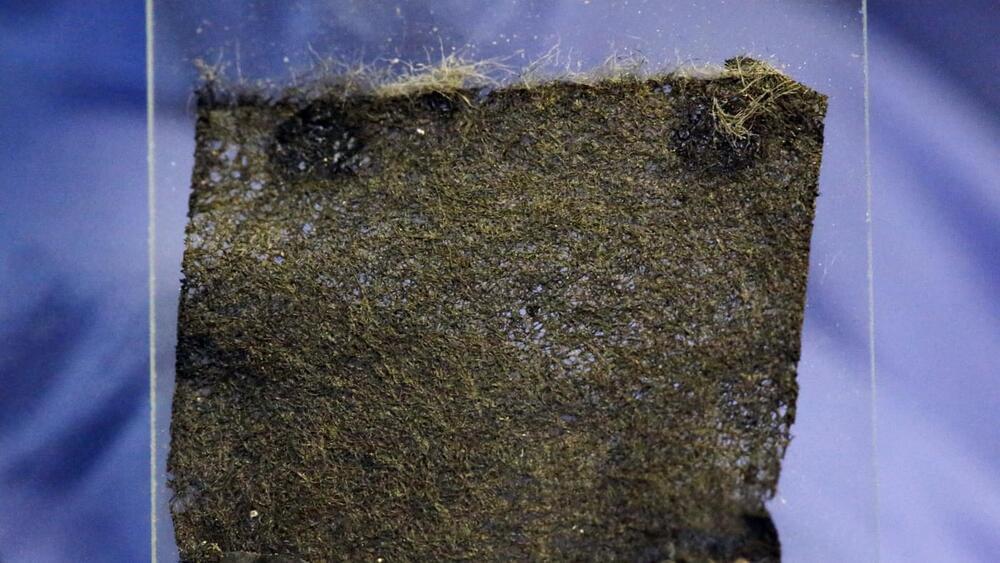Apr 4, 2022
Revolutionary DNA Nanotechnology Speeds Up Development of Vaccines
Posted by Jose Ruben Rodriguez Fuentes in categories: biotech/medical, chemistry, energy, nanotechnology
Revolutionary tool will meet future pandemics with accelerated response.
A new tool speeds up development of vaccines and other pharmaceutical products by more than one million times while minimizing costs.
In search of pharmaceutical agents such as new vaccines, industry will routinely scan thousands of related candidate molecules. A novel technique allows this to take place on the nano scale, minimizing use of materials and energy. The work is published in the prestigious journal Nature Chemistry.

